Since I didn’t make any progress on my wall washer story today, I used the time to click through the Hueblog community a little. Among other things, I noticed a question about the wall switch module that I would like to answer in detail – maybe some of you are facing a similar challenge. Here’s the question:
I have a lamp that is operated by two switches. I plan to equip it with a Hue light bulb. If I install a wall module behind both switches, do I need to take anything special into account compared to a situation with only one switch?
Before we go into detail, here is some quick information about the Hue wall switch module. It is a small adapter that is placed behind a classic light switch. The switch itself is completely disconnected from the lamp and can then be configured in the Hue app thanks to the wall switch module. Important: Even though installation is child’s play, it involves tampering with the 230-volt mains supply, which may only be carried out by a qualified electrician. Things can get more complicated, especially with two-way or cross-connection switches.
And now the answer to the question: two (or even more) wall switch modules in one room are no problem at all. The system automatically detects the current switching status of the connected Hue bulbs. So you can turn the light on with the first switch and turn it off again with the second switch – or with the app.
It goes even further: different scenes can be assigned to each switch. In my bedroom, for example, I have three Philips Hue wall switch modules. The switch directly next to the door turns on very bright light by default, which I can then turn off again using the switches to the left and right of the bed. If I press one of the switches by the bed just once, the night light is activated first – very practical.
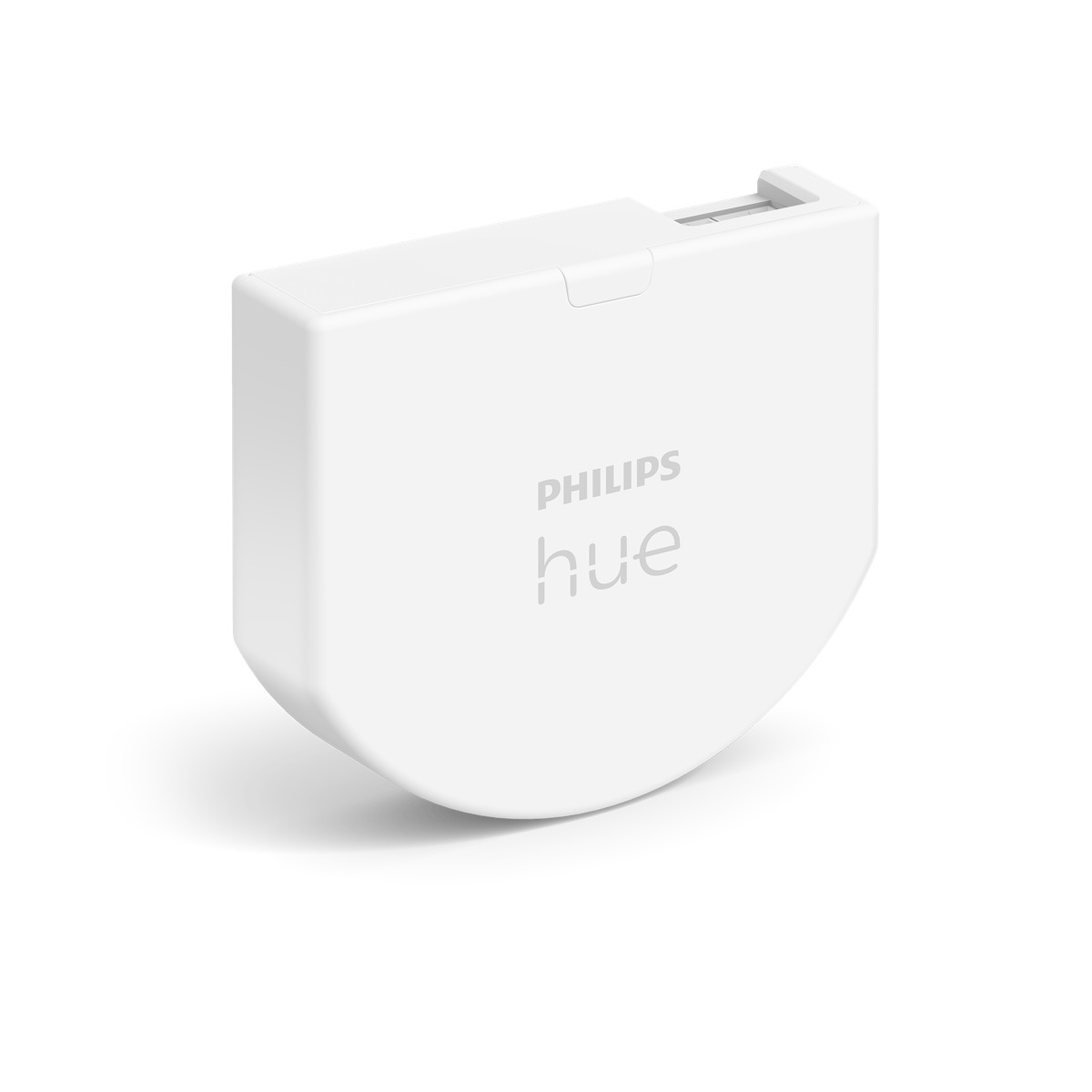
Philips Hue wall switch module
$44.99 / £39.99 / €44,99


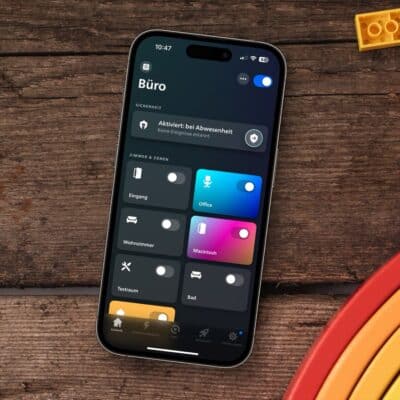


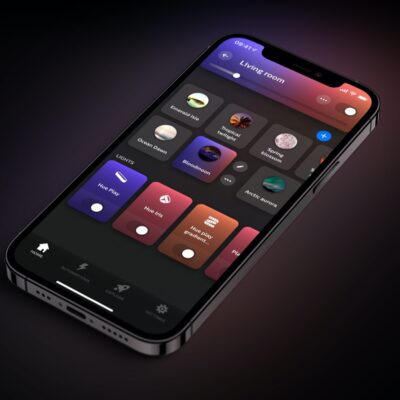
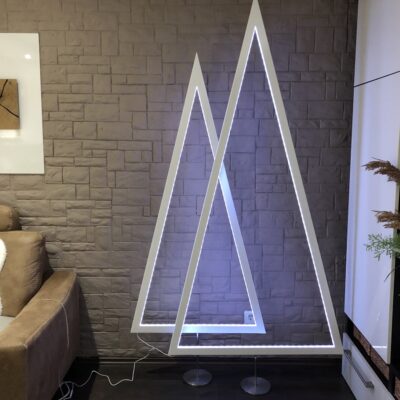
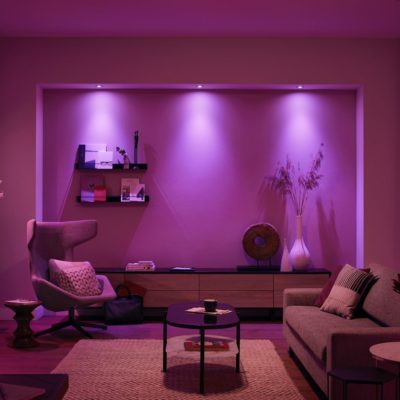

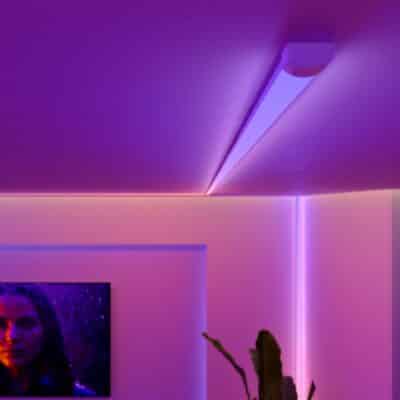
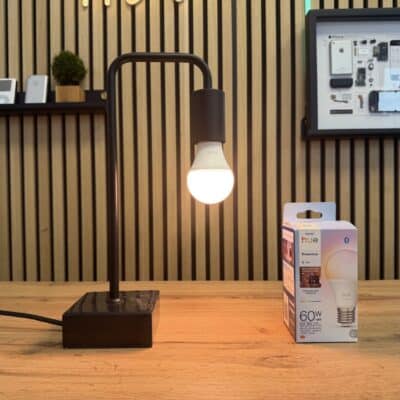

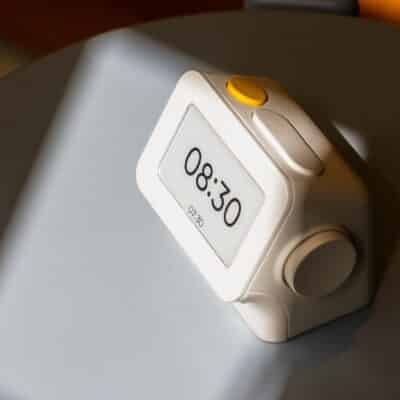
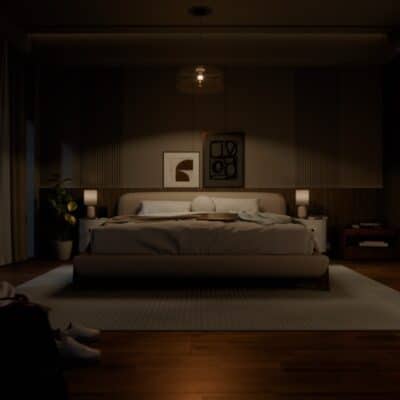
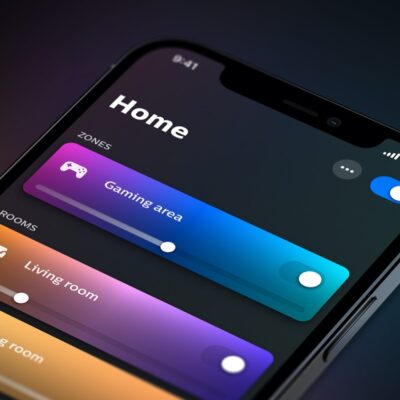
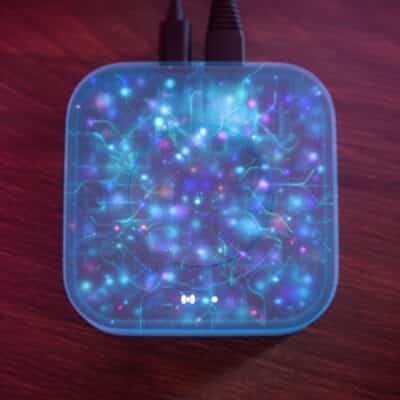


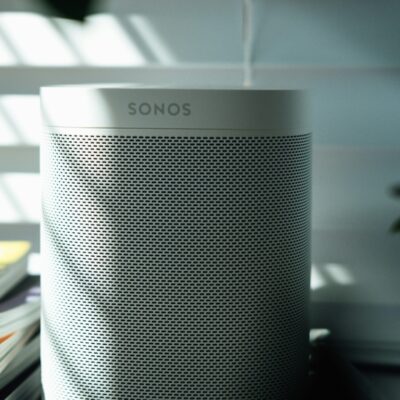

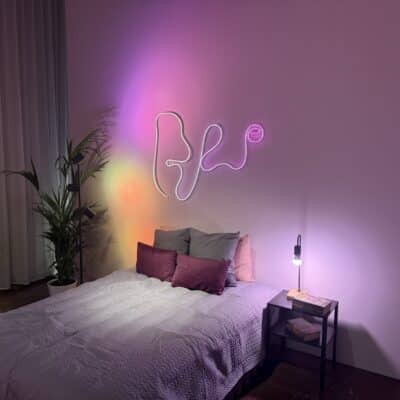
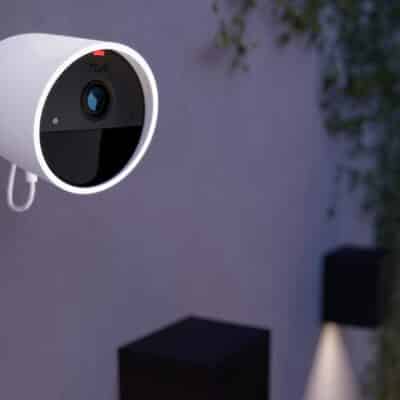

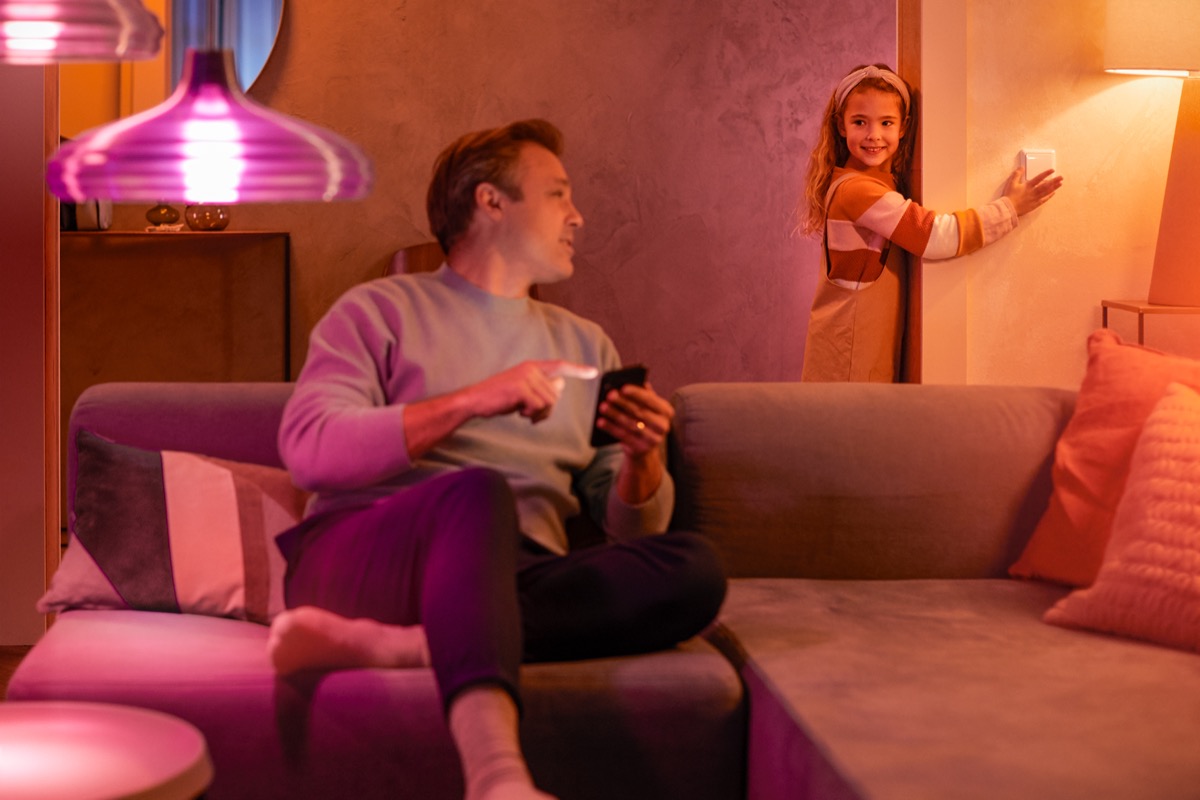
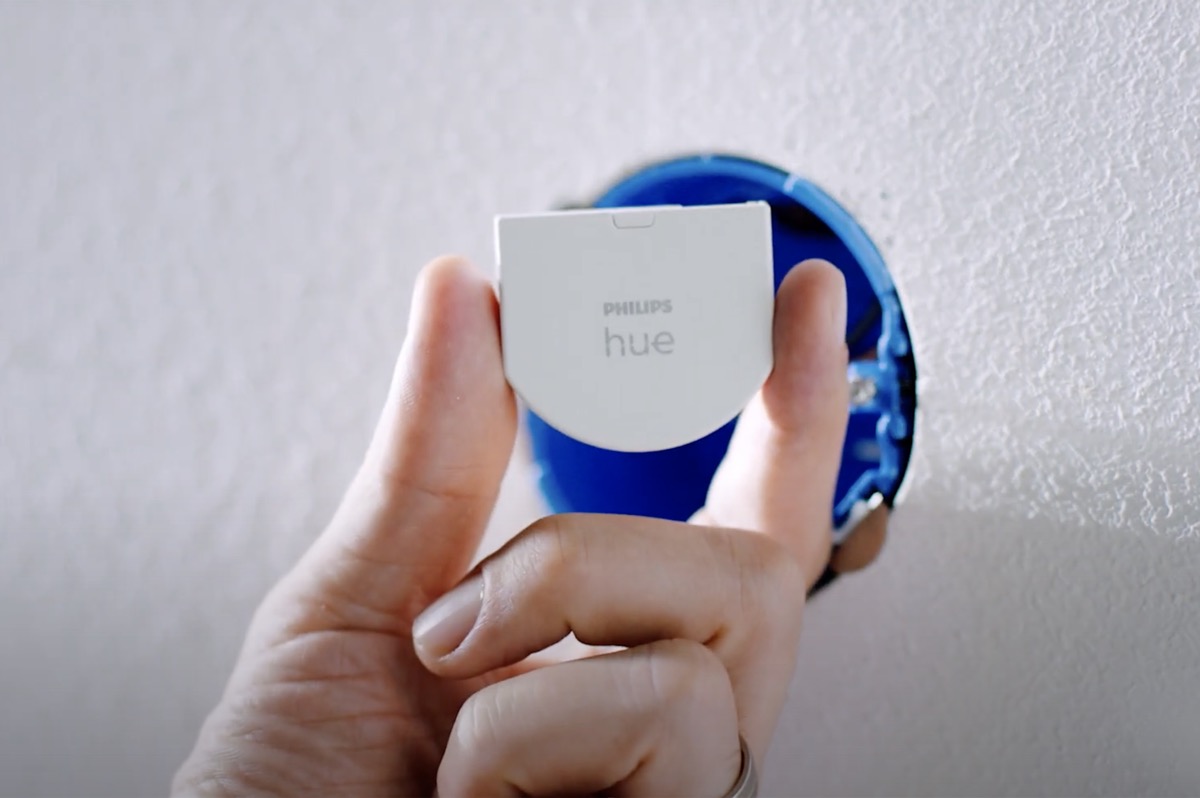
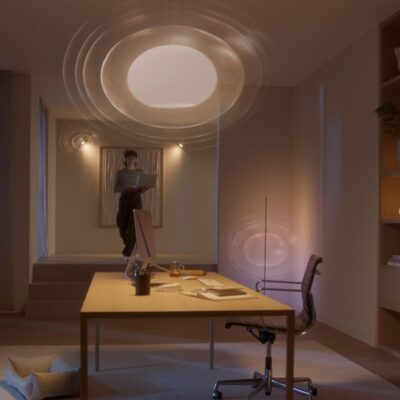
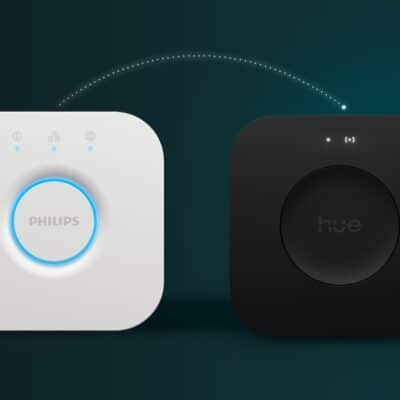

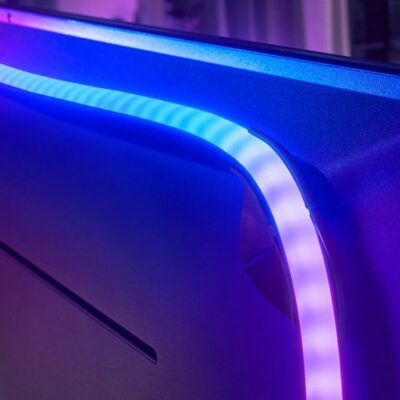
A single Hue Wall Switch Module can be used with two or even more switches if they were originally wired for dumb 2-way switching. For example a hall or stair light might be switched from two or more locations.
Once the original wiring of the two 2-way switches, plus any intermediate switches if more than two locations are used is isolated from the mains, they can be used as an input to the module. In this way true multi-location control is possible from any of the dumb switches as before plus Hue control too.
Also since only one module input is needed, the second input is still available for another use.
For example I had several dumb patio wall lights controlled together from two indoor switches. I upgraded the lights to Hue products and installed a single module behind one of the dumb switches then I replaced the single gang 2-way switch faceplate with a dual gang version. The second gang connects to the module second input and now I use it to control all the other Hue garden lights.
As another example, I replaced a single gang dumb switch for a bedroom ceiling pendant with a dual gang switch. A single module can now conveniently control Hue lights in the pendant and independently both bedside lights.